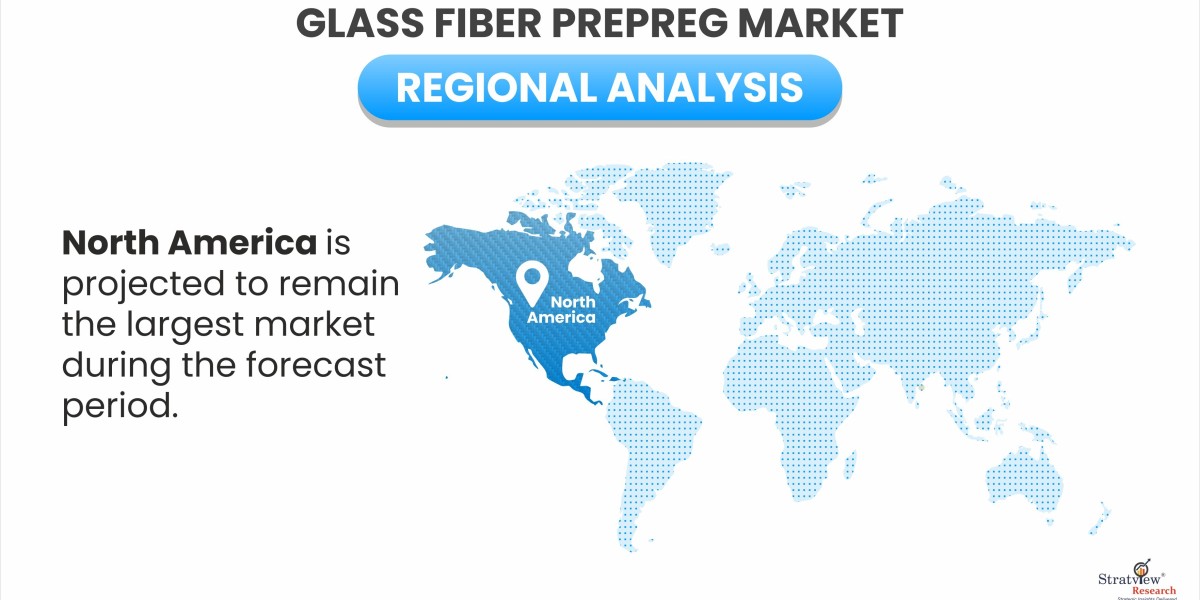The glass fiber prepreg market is experiencing significant momentum, driven by a mix of industrial demand, technological advancements, and shifting environmental priorities. Glass fiber prepregs, made from glass fibers pre-impregnated with resin, are known for their superior strength, durability, and lightweight properties, making them ideal for various applications. Understanding the key factors shaping the industry is essential to grasping the market's growth trajectory.
According to Stratview Research, the glass fiber prepreg market was estimated at USD 557.3 million in 2020 and is likely to grow at a CAGR of 5.0% during 2021-2026 to reach USD 762.2 million in 2026.
Key Market Dynamics
- Demand for Lightweight and High-Performance Materials: One of the most prominent factors shaping the glass fiber prepreg market is the growing demand for lightweight materials with high strength-to-weight ratios. Industries like aerospace, automotive, and sports equipment increasingly prefer glass fiber prepregs over traditional materials like metals due to their ability to reduce weight while maintaining durability. This lightweight advantage contributes to fuel efficiency in vehicles and enhanced performance in other applications.
- Growth in the Renewable Energy Sector: The renewable energy sector, particularly wind energy, is a significant driver of the glass fiber prepreg market. Wind turbine blades, which require materials that can withstand environmental stress while remaining lightweight and durable, often incorporate glass fiber prepregs. As global investments in renewable energy projects continue to rise, the demand for glass fiber prepreg in wind turbine manufacturing is set to grow.
- Technological Advancements and Cost Efficiency: Advances in resin systems and manufacturing technologies have improved the performance and cost-efficiency of glass fiber prepregs. Automated production processes, alongside innovations in thermoset and thermoplastic resin systems, have enabled faster production cycles and enhanced product quality. These developments have made glass fiber prepregs more accessible to a wider range of industries, driving market adoption.
- Environmental Regulations and Sustainability Trends: Increasing environmental concerns and stringent regulations are shaping the glass fiber prepreg market by encouraging the development of sustainable materials. Manufacturers are focusing on producing eco-friendly prepregs with recyclable resins and minimizing the environmental impact of production. This shift towards greener composites aligns with global sustainability goals and could drive further market expansion in the future.
Challenges in the Market
- High Production Costs: Despite its advantages, the production of glass fiber prepregs can be expensive compared to conventional materials. This cost factor has limited their adoption in some price-sensitive industries, although advancements in technology and manufacturing processes are gradually reducing these costs.
- Competition from Alternative Materials: The market faces competition from carbon fiber prepregs and other advanced materials that offer superior performance in certain high-end applications. However, glass fiber prepregs remain a cost-effective alternative in industries where a balance of cost and performance is critical.
Conclusion
The glass fiber prepreg market is shaped by a combination of technological advancements, industry demand, and sustainability initiatives. With continued growth in sectors like aerospace, automotive, and renewable energy, the market is poised to expand further. However, challenges such as production costs and competition from alternative materials remain key factors to watch as the industry evolves. As manufacturers work to innovate and improve cost efficiency, the future of the glass fiber prepreg market looks promising.

![NitriLean Hormone & Weight Loss Support Formula Official Website, Working, Price & Reviews [Updated 2024]](https://biiut.com/upload/photos/2024/10/eQocR2yBpHkhckBTCBYN_27_40eaf968fc8d491deb46f02f406a116b_image.jpg)